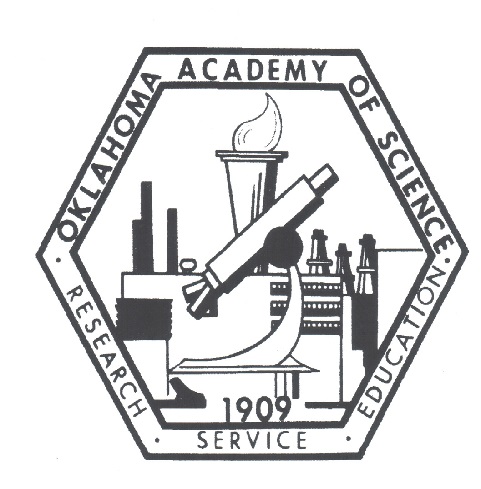Anthropogenic Influence on American Black Bear Diet in the Western Ozark Mountains in Eastern Oklahoma
Main Article Content
Abstract
American black bears (Ursus americanus) are returning to eastern Oklahoma from Arkansas, where they were re-introduced in the 1950s. This movement back into human-occupied areas can lead to conflict. Black bears are known to use anthropogenic food sources. To determine the extent of anthropogenic influence, we analyzed scat for anthropogenic food items. We collected 38 scat samples from 16 May 2014 through 17 October 2014 in the Ozark Plateau of Adair, Cherokee, and Sequoyah counties. Once collected, scat was dried for preservation. The samples were rehydrated and filtered for undigested items, which were categorized into 6 groups. We measured percent volume and percent frequency of occurrence of each item that was > 1% of the volume of the entire sample. The volumes of diet groups were significantly different (Kruskal-Wallis, p < 0.001) and were separated into 3 statistically distinct groups: Anthropogenic food > Reproductive plant parts > Animal matter, Herbage, Debris, and Unidentified (Tukey’s Honest Significant Difference test, alpha = 0.05). There was no significant difference between the volumes of anthropogenic versus natural food (Mann Whitney U, p = 0.368). Though black bears will eat anthropogenic food sources if they encounter them, anthropogenic food sources do not make up a significant portion of their diet when compared against all natural forage.
Article Details
Issue
Section
Applied Ecology & Conservation
